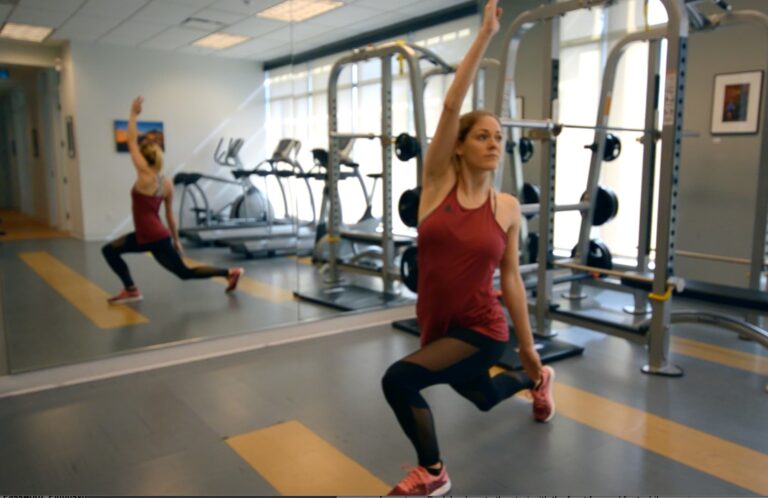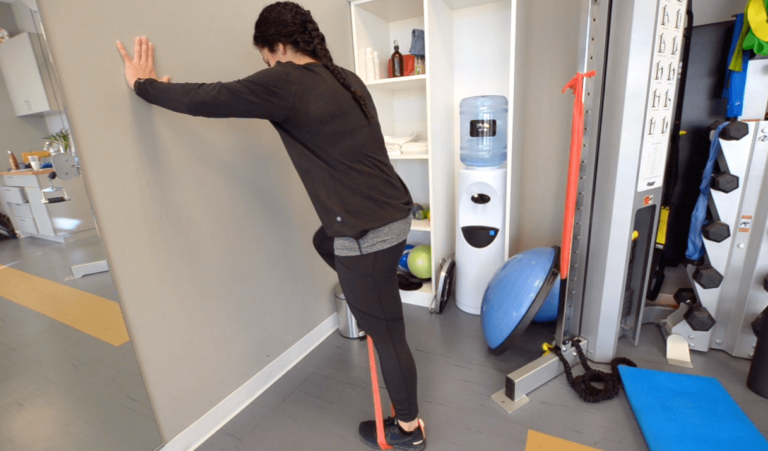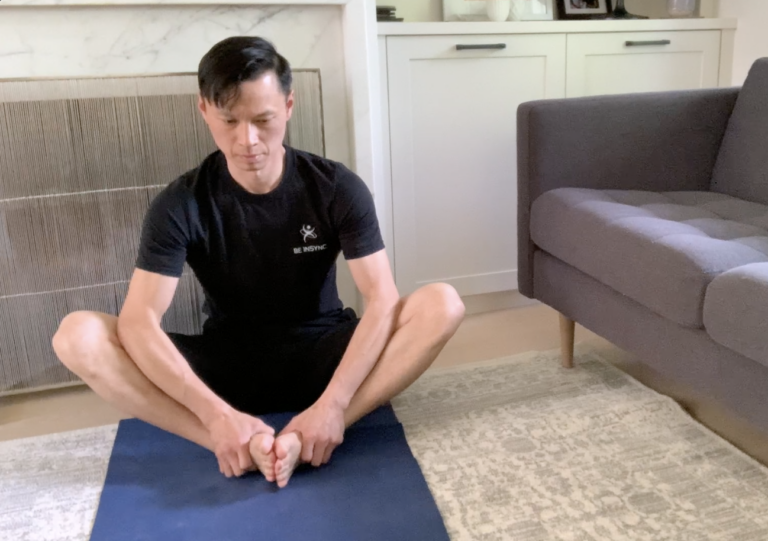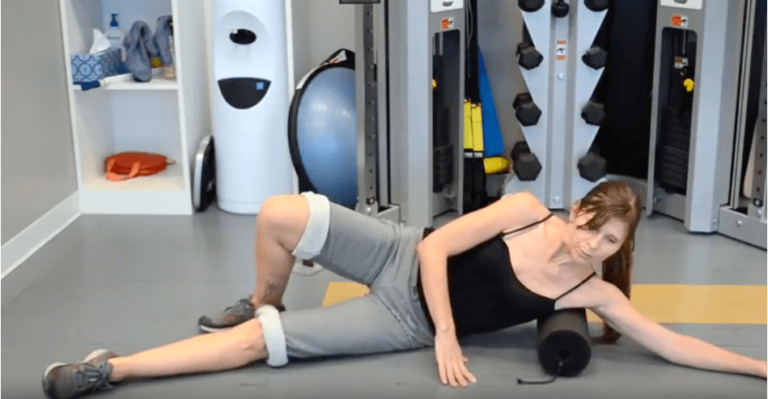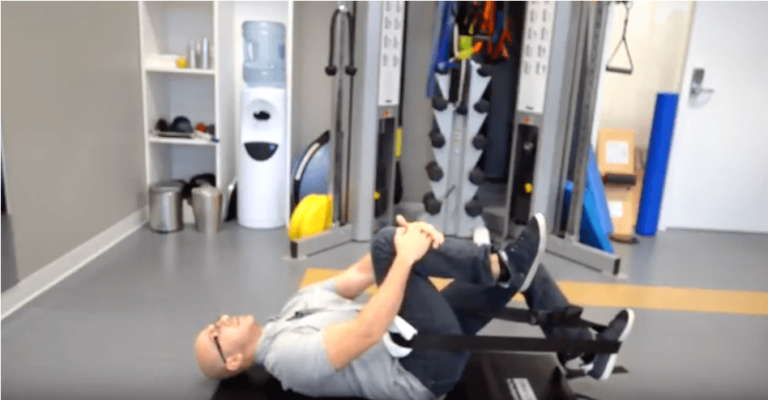Learn How to Properly Hip Hinge

The hip hinge is an important movement pattern that actively engages the posterior chain (glutes and hamstrings) and helps build the foundation for complex exercises such as the kettlebell swing, deadlift, and squat. A proper hip hinge requires the movement to begin at the hips with flexion of the hip muscles while the spine is kept at a neutral position for optimal power and strength. Depending on what exercise is being performed, the change in hip angle will vary. For instance, there will be more hip flexion and less knee flexion in a deadlift compared to a squat. Good pelvic mobility and control in the hip muscles is crucial in maintaining a neutral spine and preventing injury by minimizing the stress impact. Begin practising the hip hinge movement with the exercises below and continue with the following progressions once each stage has been mastered. Beginner Level:1. Hip Rock: Begin by lying with your back and feet flat on the floor and both knees bent. Ensure the ribs are tucked in (towards the floor) and lift the hips towards the ceiling by engaging the core and glute muscles. Hold for 1-2 seconds, and then slowly bring the hips back to the starting position. Repeat 8-10

2. Glute Bridge: Begin in a “table-top” position with your hands flat on the floor directly below your shoulders and knees hip-width apart. While maintaining a neutral spine, slowly bring your hips back towards your heels while your hands and knees remain stationary in contact with the floor. Then, slowly bring your hips back to the starting position. Repeat 8-10 times. This exercise will help familiarize you with the basic movement pattern at the hip joint and ensuring the spine is kept neutral at all times.

Progression: 3. Hip Hinge with a Dowel: Stand with your feet hip-width apart. Hold a dowel vertically behind your back with one hand on the top end and the other end by the bottom end. The dowel should be in contact with the back of your head, mid-thoracic spine (center of your back), and sacrum (bottom of your back) throughout the movement. Keeping the knees and ankles stationary, slowly bring your hips back while you bring your shoulders and trunk forward. Then, slowly bring the hips back to the starting position. Repeat 8-10 times ensuring the dowel has a 3-point contact with your body at all times. Place a box in front by your knees to help fix the knees and feet in place.

4. Weighted Hinge (Wall): Stand a few inches away from the wall with your feet hip-width apart. Facing away from the wall, hold a light weight, such as a kettlebell or a dumbbell, by your chest and slowly bring your hips backwards until there is contact with the wall. Keep your knees and ankles stationary while your spine is kept at neutral throughout the movement. Slowly bring your hips back to the starting position and repeat 8-10 times.Hip Hinge: 5. Stand with your feet hip-width apart and hold a dowel slightly more than shoulder-width apart (can also use a pair of dumbbells). Keep your knees and ankles stationary while maintaining a neutral spine. Bring your hips back while bringing the dowel down towards your knees. Ensure your chest is kept open and your shoulder blades are squeezed together to prevent rounding of the back. Do not sway the arms by keeping the dowel near your body during the movement. Then, bring your hips and the dowel back to starting position. Repeat 8-10 times. Remember to engage the core at all times.


